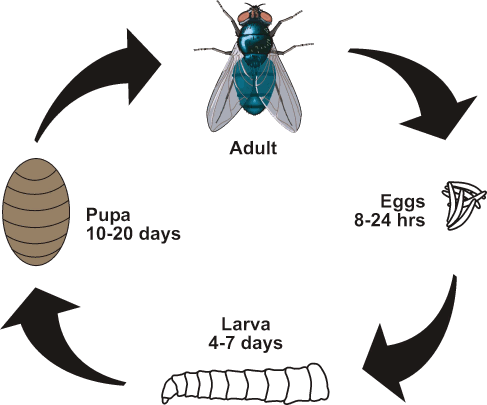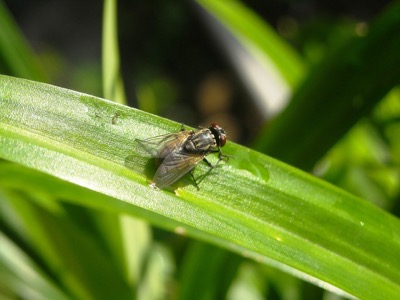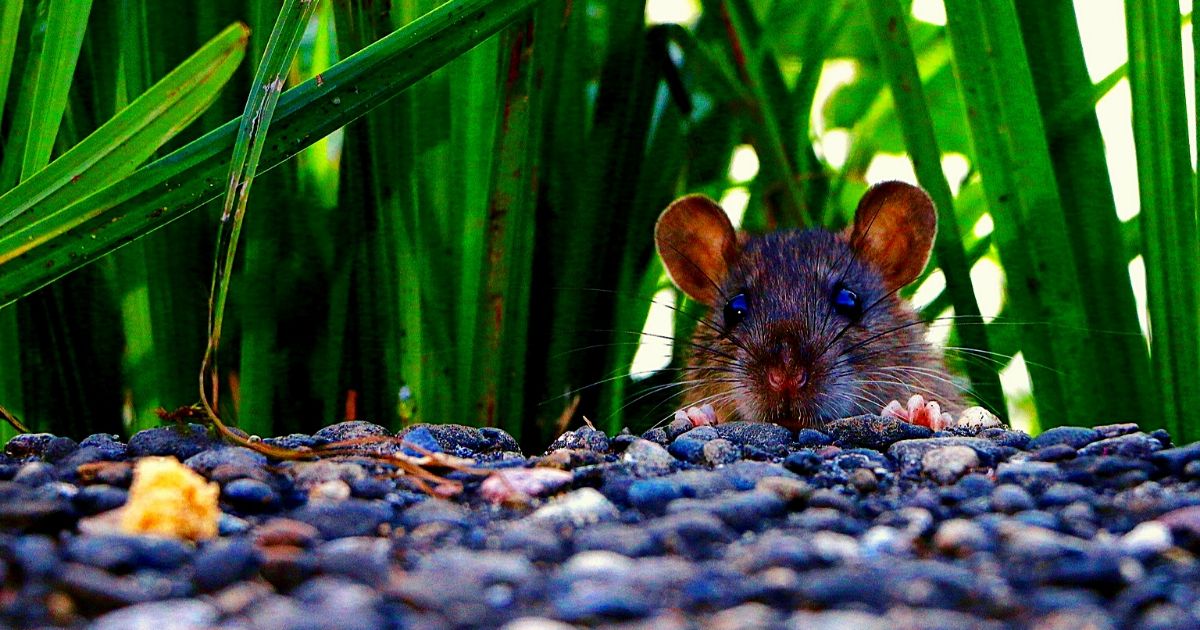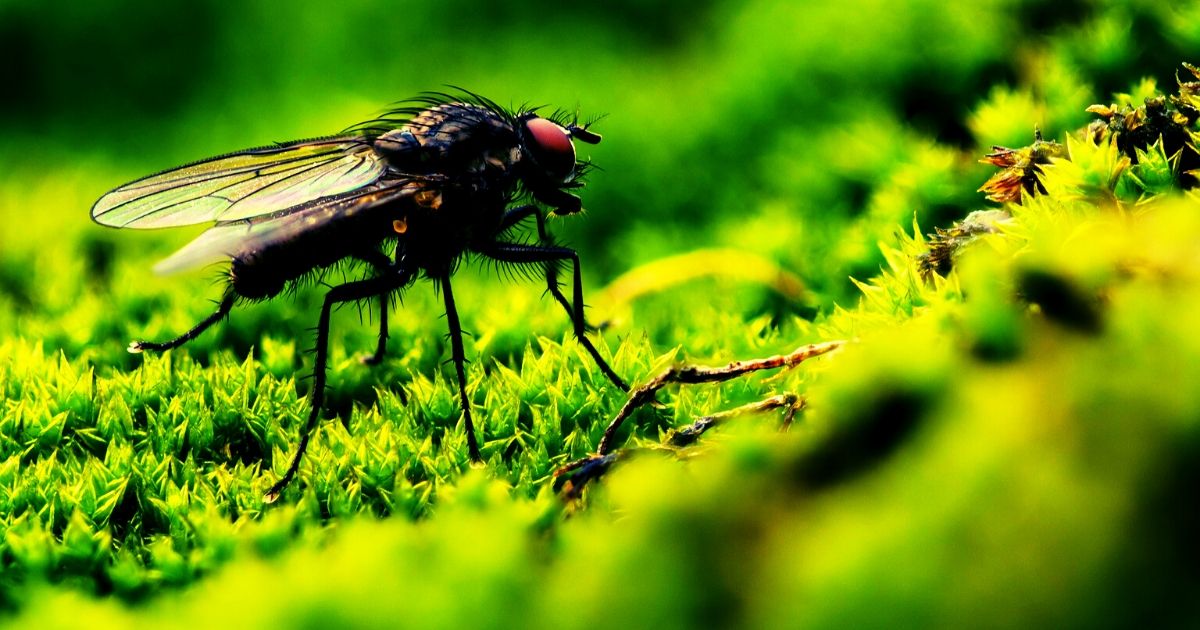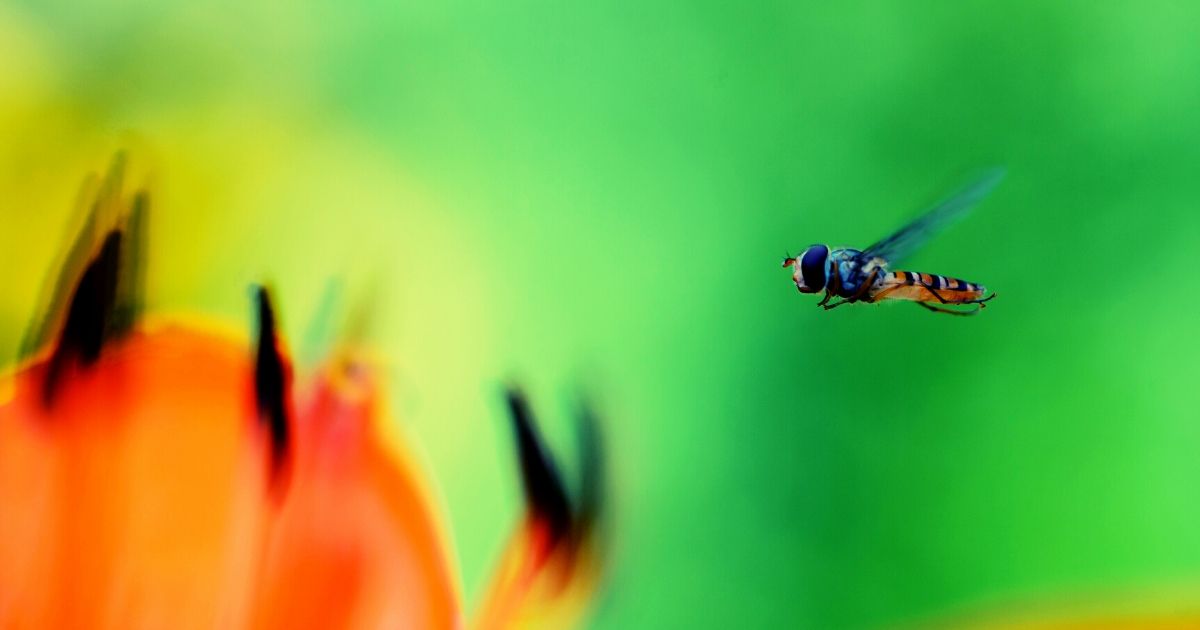Killem Pest Profile: An insight into Flies
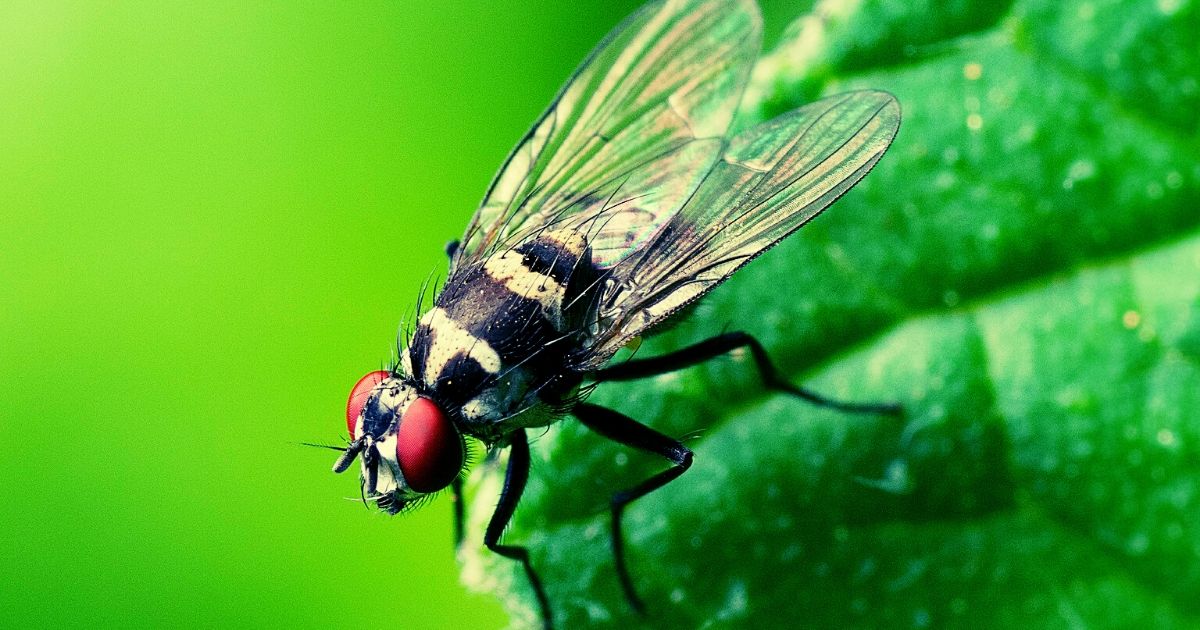
There are three main types of fly in Singapore: the regular housefly (Musca domestica), the bluebottle fly (chrysomya megacephala) and the flesh fly (boellcherisca peregrine).
The regular housefly goes through four life stages but is best known for its distinctive adult appearance.
It is roughly 6mm to 7mm long with larger females than males. They have large, reddish-brown eyes with four black stripes along their abdomen and translucent wings.
The bluebottle fly is a type of blowfly characterized by the bright, metallic blue of its abdomen. It is roughly 10mm-14mm and has a grey head. The flesh fly has green and black stripes down its abdomen, large red eyes, and deposits live maggots as offspring rather than small white eggs.
All three of the flies undergo similar lifecycles.
The regular housefly and the bluebottle fly begin as eggs before evolving into maggots, while the flesh fly will deposit maggots directly. All flies will leave their offspring on decaying organic matter like garbage, faeces, or old meat. The offspring will thing feed on the material as maggots and pupae before becoming fully grown.
Adult bluebottle flies are great pollinators and eat nectar while helping flowers thrive. The housefly usually eats liquids or materials softened by its saliva, and can thus feed on many materials or human food sources. The flesh fly is known for eating decaying flesh and is usually found around meat. Many households and companies should take great care to keep meat covered to prevent contamination.
Want to find out more about flies pest control in Singapore?
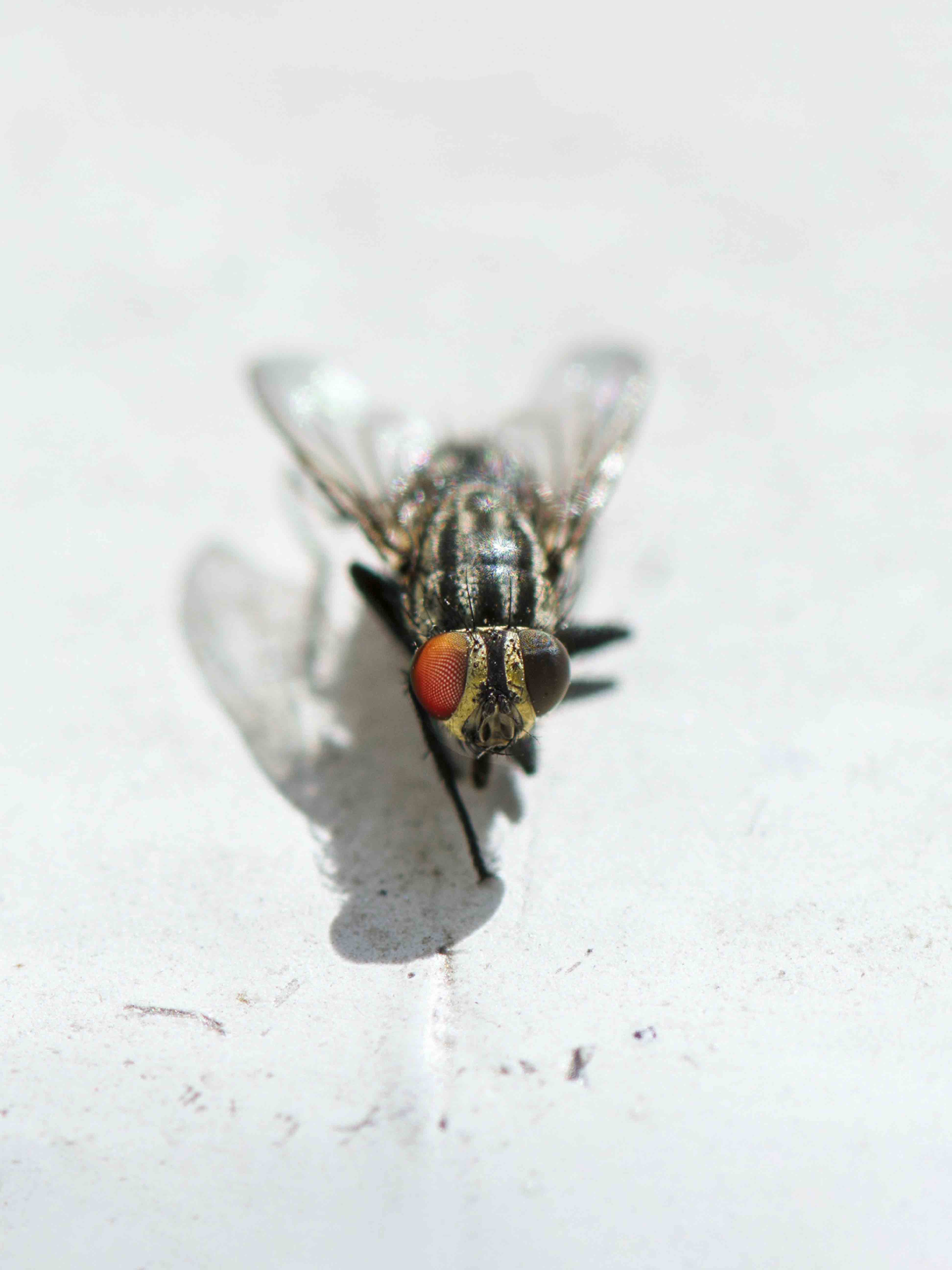
The Danger of Disease
Since flies travel to many areas and feed on a variety of materials, they carry numerous diseases. Contamination is a common threat because flies can carry bacteria on their bodies or deposit it by leaving their faeces on food sources.
The regular housefly hosts a wide variety of illnesses: typhoid, cholera, dysentery, and viral hepatitis A and E.
Bluebottle flies can carry typhoid, dysentery, anthrax, tuberculosis, and the bacteria which cause strep throat.
Finally, the flesh fly is known to carry the bacteria which causes leprosy, can cause parasitic myiasis and has been known to give humans and animals blood poisoning. All flies can transmit E. coli and salmonella to people through food.
Where Do Flies Live? Preferred Environments
Flies are usually attracted to areas that provide suitable conditions for breeding and feeding. They are commonly found in locations like:
- Kitchens and food preparation areas, where they can easily access uncovered food, spills, and crumbs.
- Outdoor spaces like gardens, parks, and picnic areas, where they are drawn to organic debris, open food containers, and outdoor trash.
- Locations with poor sanitation, clutter, and unclean surfaces.
- Areas with livestock, such as farms and stables, where flies are drawn due to the presence of manure and animal waste.
Feeding Habits: What Attracts Flies to Different Locations?
Flies are attracted to various locations based on their feeding habits. This includes environments with decaying organic matter, moisture-rich areas, garbage, animal manure, stagnant water, and compost piles. To reduce flies in these locations, it’s essential to practice proper sanitation, promptly dispose of waste, keep food covered, and eliminate breeding sites.
The Signs of a Swarm
In Singapore, because of regular pest control, we are fortunate that we do not experience fly swarms. Nevertheless, there are several steps people can take to stop flies from infesting. Windows and doors should be kept closed or have screens over them so flies can’t enter. Food should be covered, and spills should be cleaned up immediately so their scent doesn’t attract pests. People should also fully seal waste disposal containers and should clean up after their pets so flies do not feed off waste materials.
Pro Fact: Fly infestations are common in residences and locations which stockpile or store food.
One identifying feature is the presence of a large number of flies around trash sites, which indicates there are many of them in one location.
People might also notice dark spots around the ceiling or find maggots in enclosed spaces. Because they reproduce quickly and live in many places, they can be difficult to thoroughly eliminate. One of the most effective ways to remove them is by contacting licensed pest control providers such as Killem.
Our Pest Control Operators (PCOs) can install light traps which attract flies using energy-saving bulbs. They also have the materials to perform thermal fogging and residual ULV misting. Many of our products have low toxicity and are environmentally friendly.
Our Fly control PCOs also know when flies are the most active and are adept at treating all of the areas where they might reside. When in doubt, bring the professionals like Killem out!
Signs of Severe Infestations and When to Call an Expert
It is crucial to recognize the signs of a severe fly infestation for timely intervention. Some indicators of a significant fly problem include high fly population, persistent presence, clusters of flies gathering in specific areas, unpleasant odor and health concerns related to the flies.
While minor fly issues can often be managed with DIY methods, severe infestations may require professional assistance. You need to call an expert if your attempts to get rid of the flies prove ineffective, or if the fly population continues to grow. Venomous fly species or being unable to locate breeding sources also warrant expert intervention. Also, involving experts ensures effective and compliant pest management for areas with strict sanitation requirements.
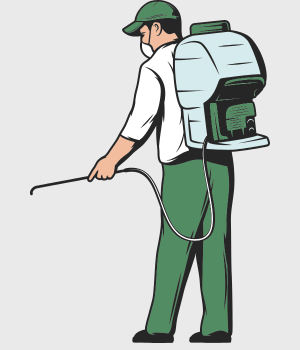
Pest Problem? Let Us Help.
We offer fast and effective precision treatments to eliminate pests while ensuring a safe environment for your home or business.
Frequently Asked Questions
Flies can be annoying but also dangerous pests because of the diseases they transmit. If you see signs of fly infestation in your home, you need to take measures and get rid of them.
House flies can carry pathogens and spread serious diseases in humans and animals, like food poisoning, cholera, typhoid fever, or dysentery.
Flies constantly pick up pathogens and germs and leave them wherever they land – food or surfaces that people then interact with and get infected.

